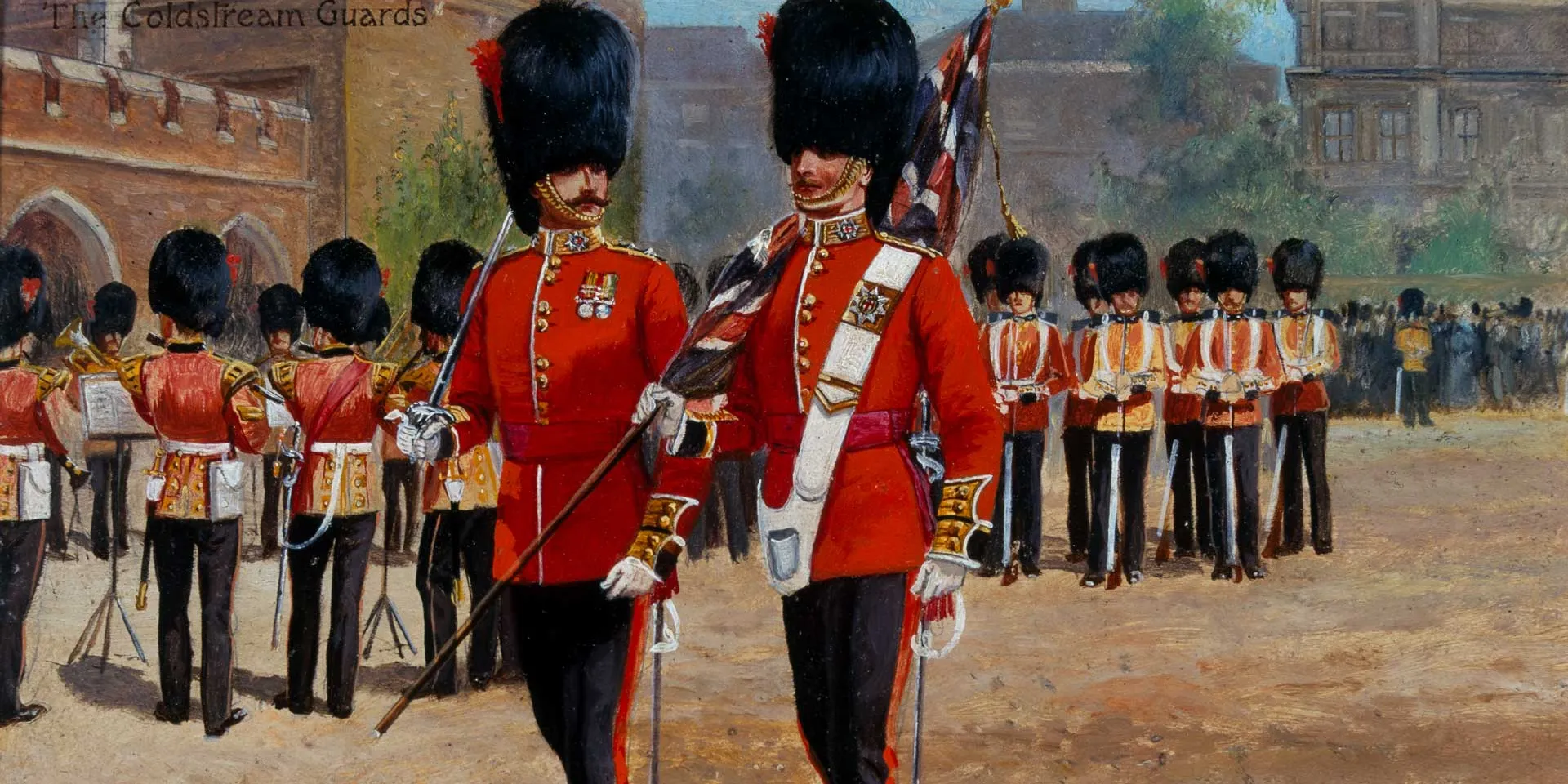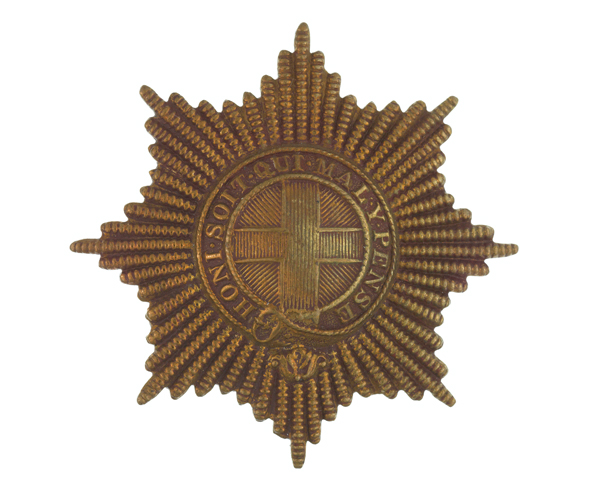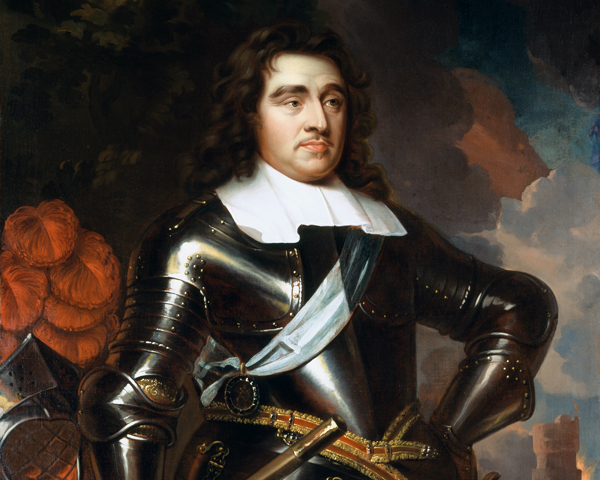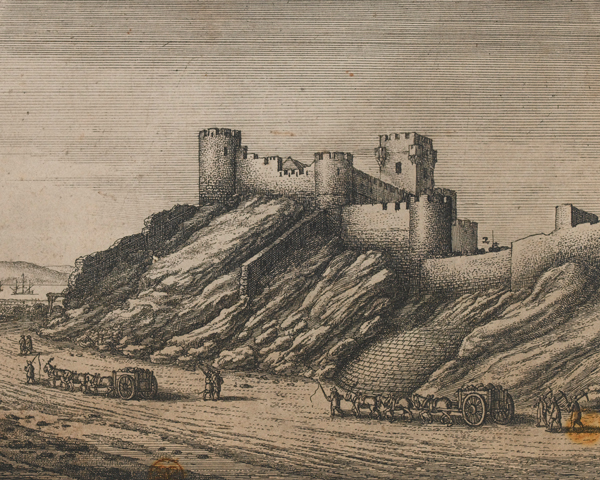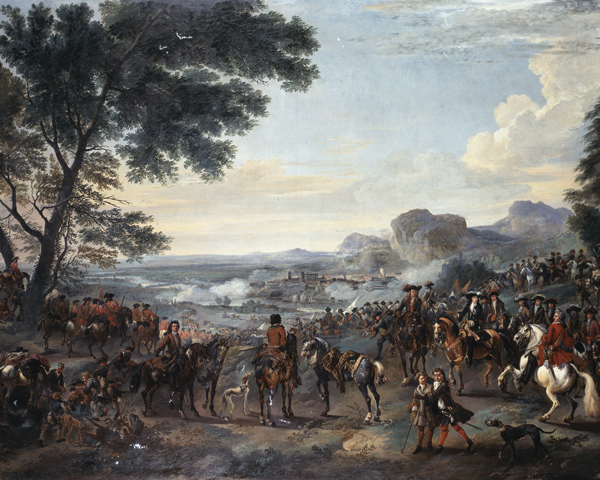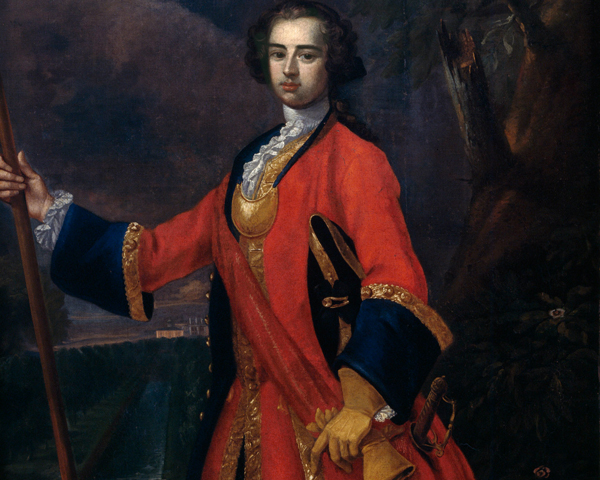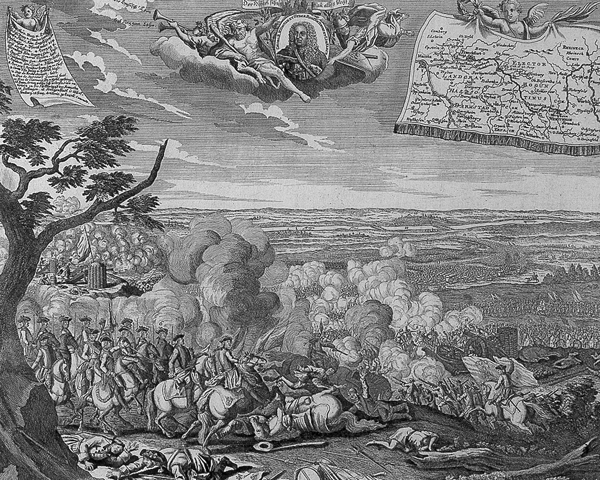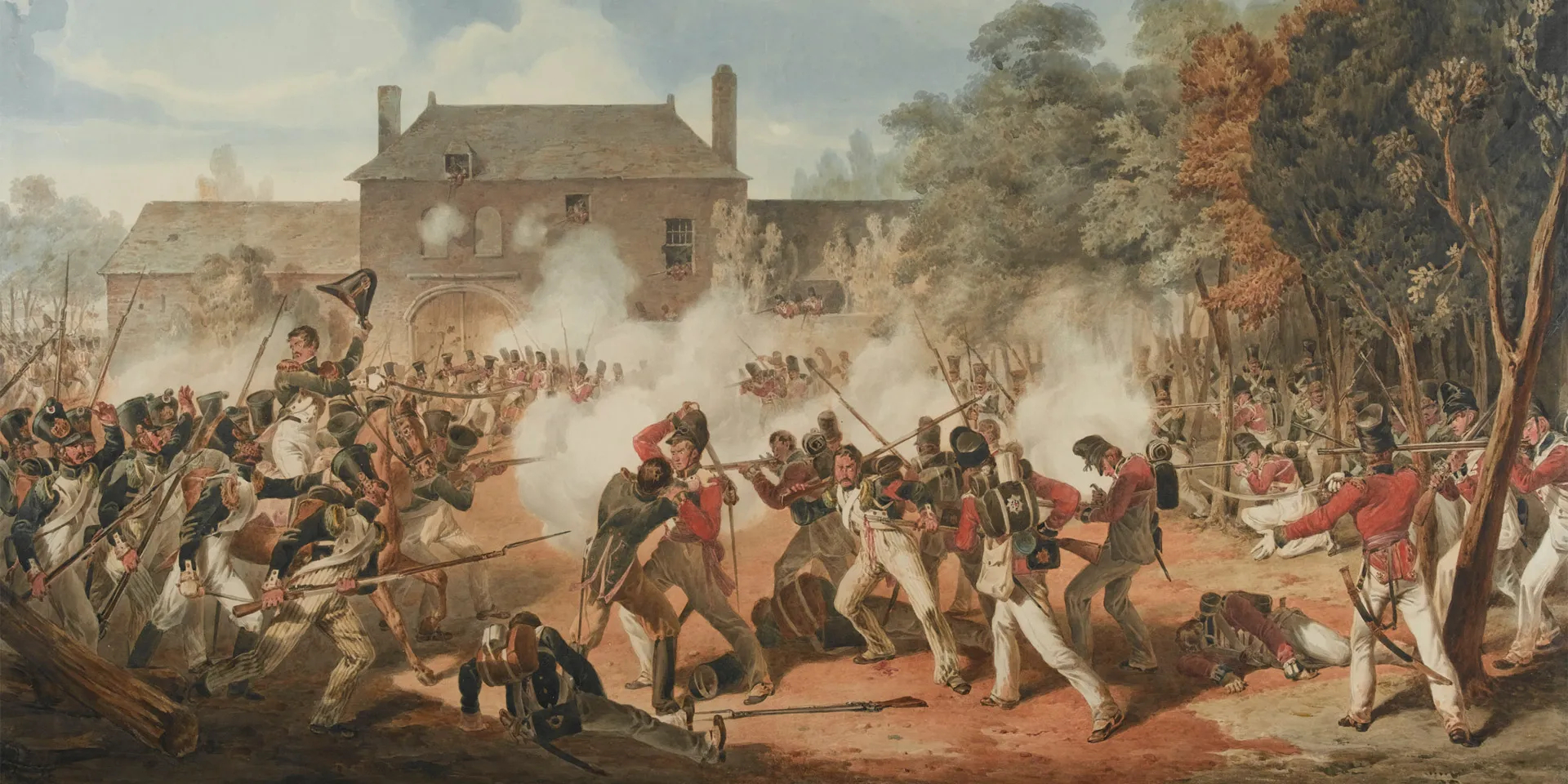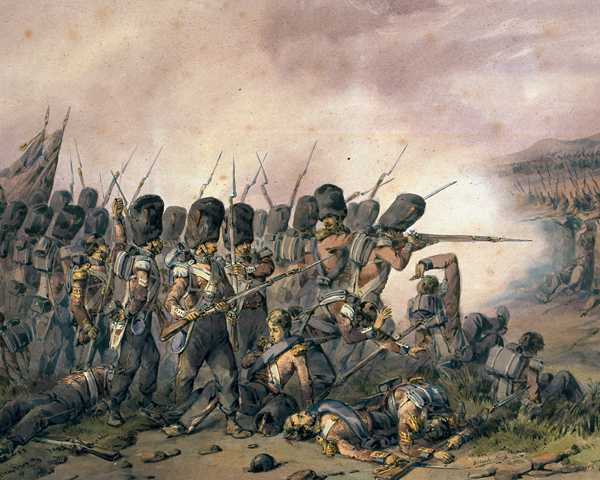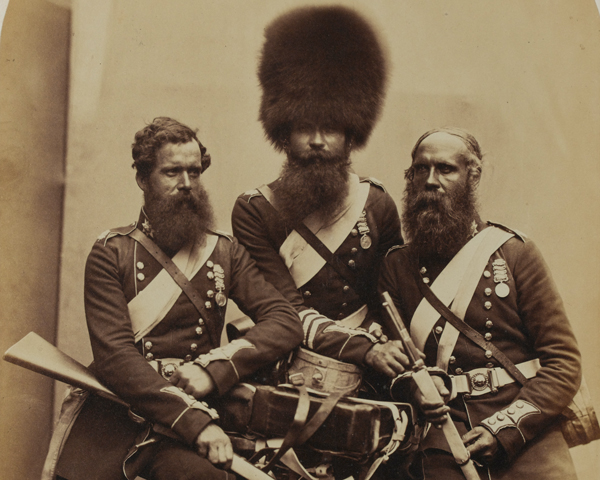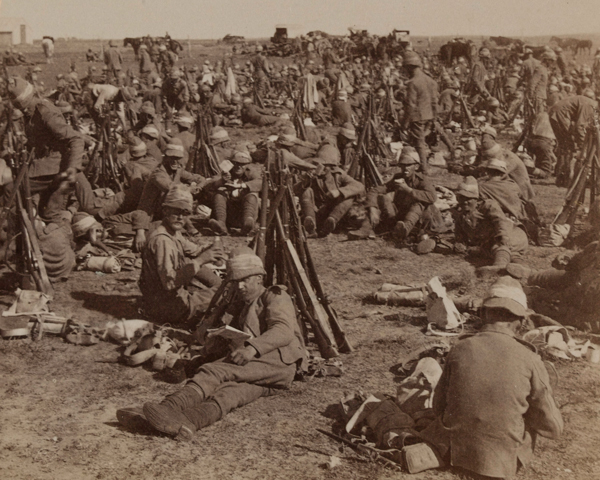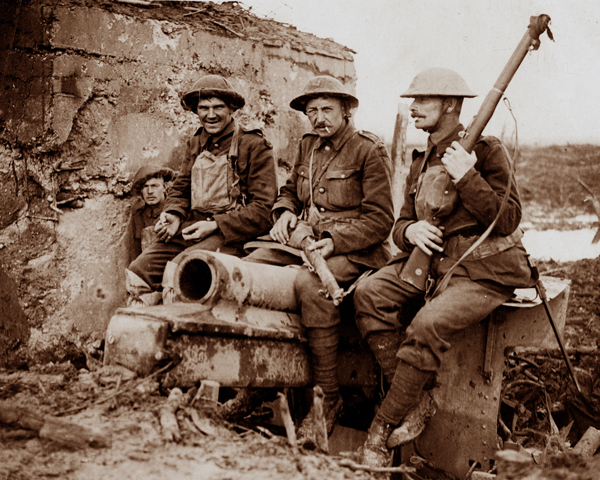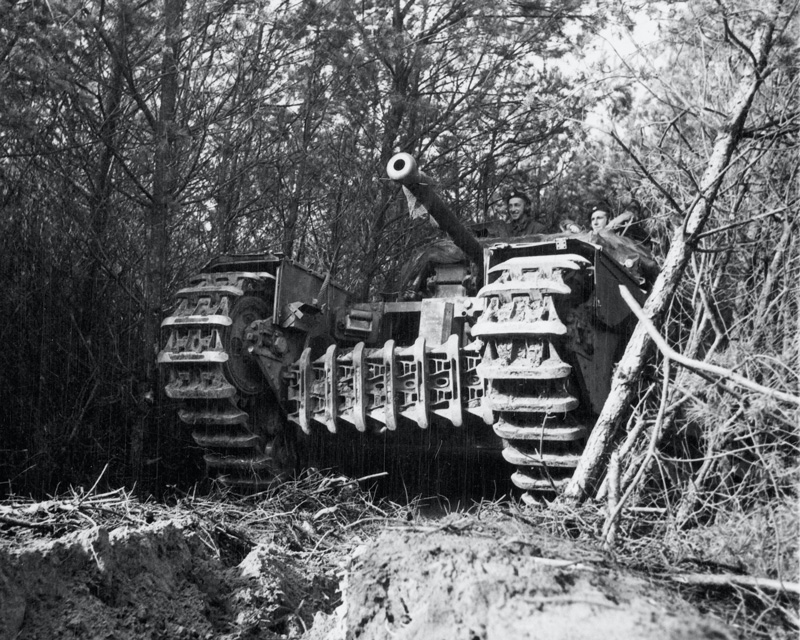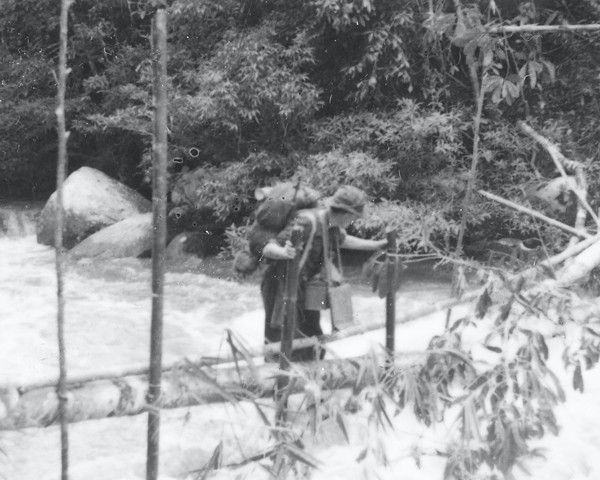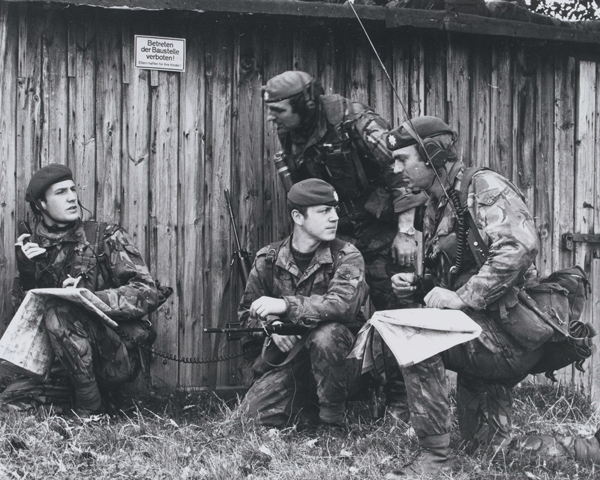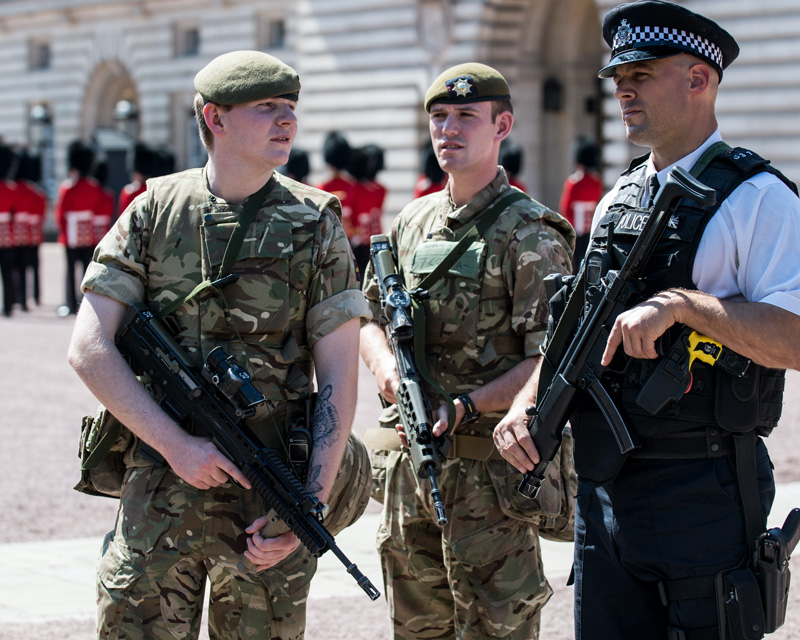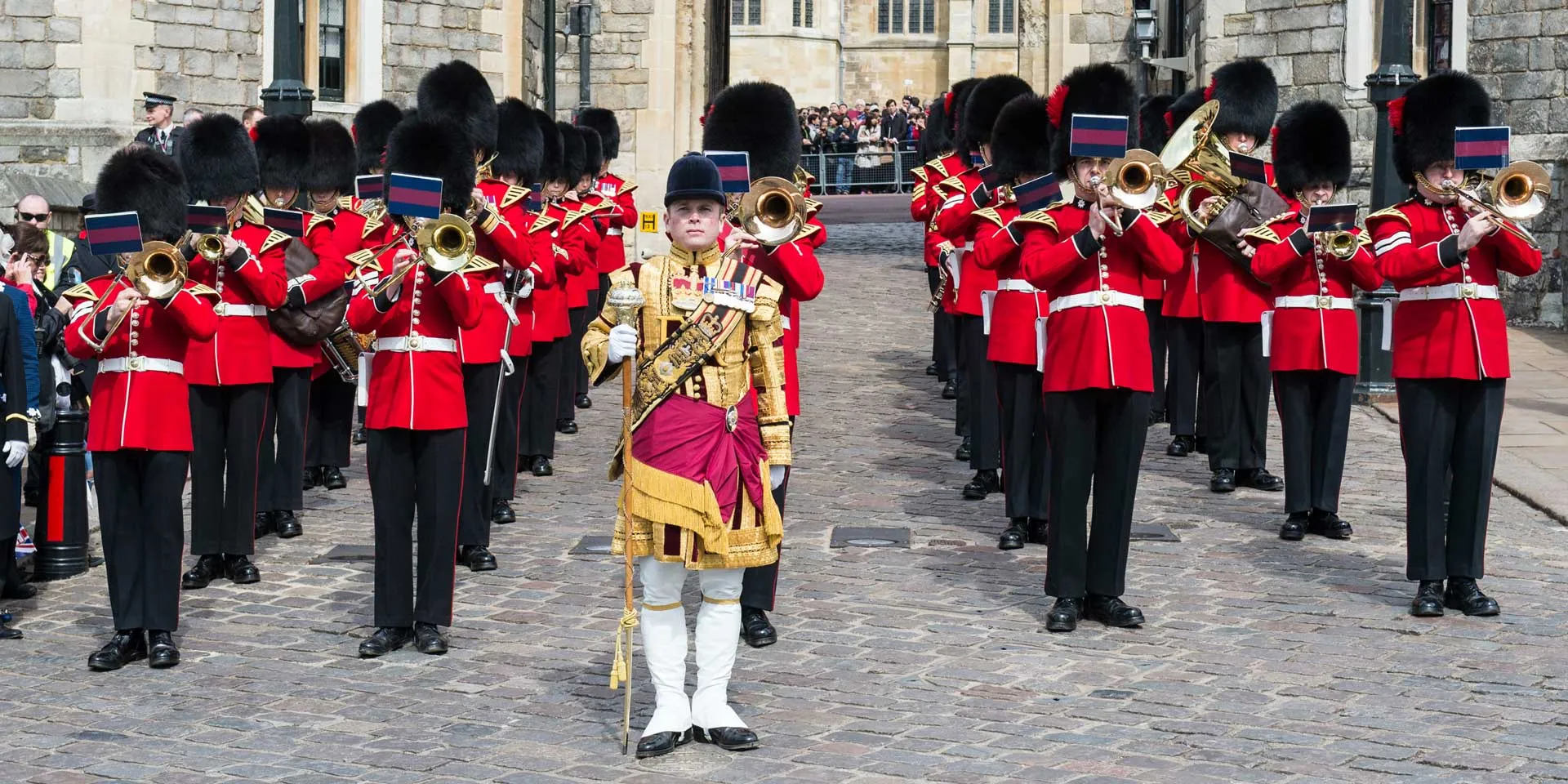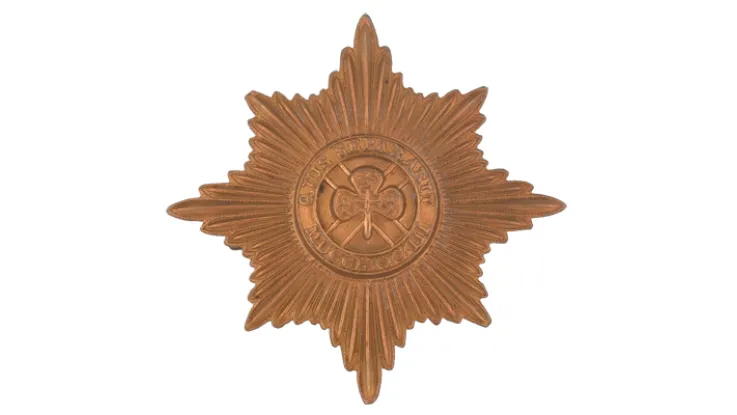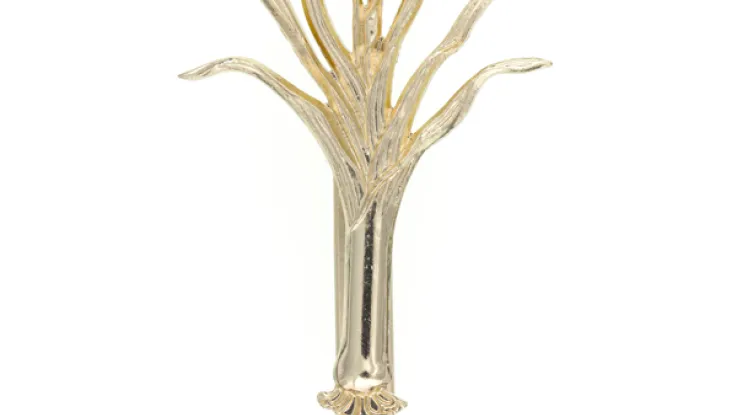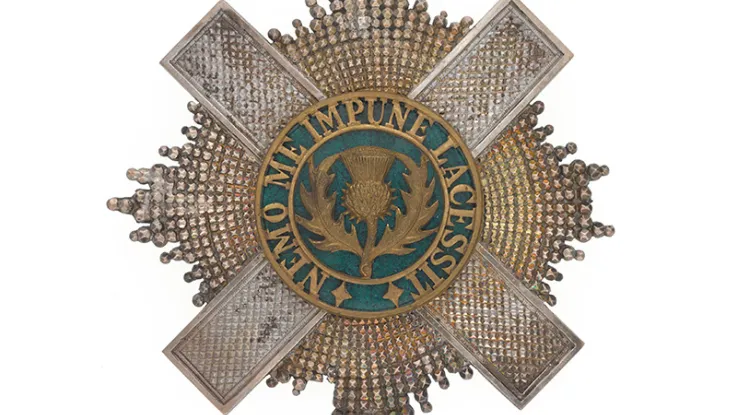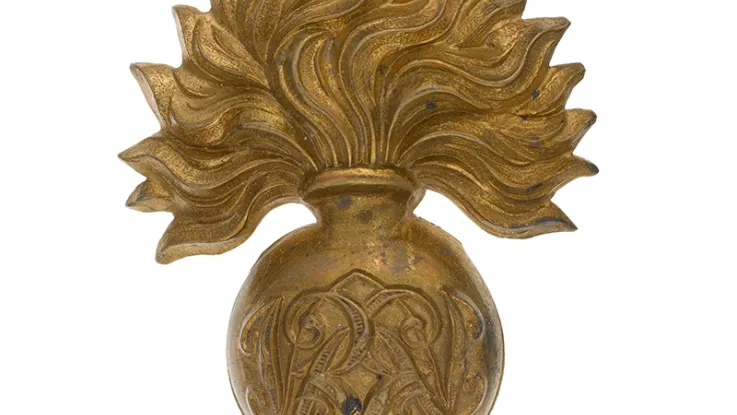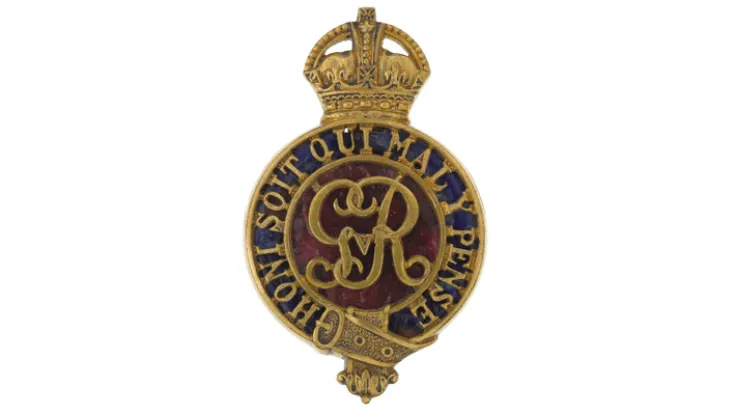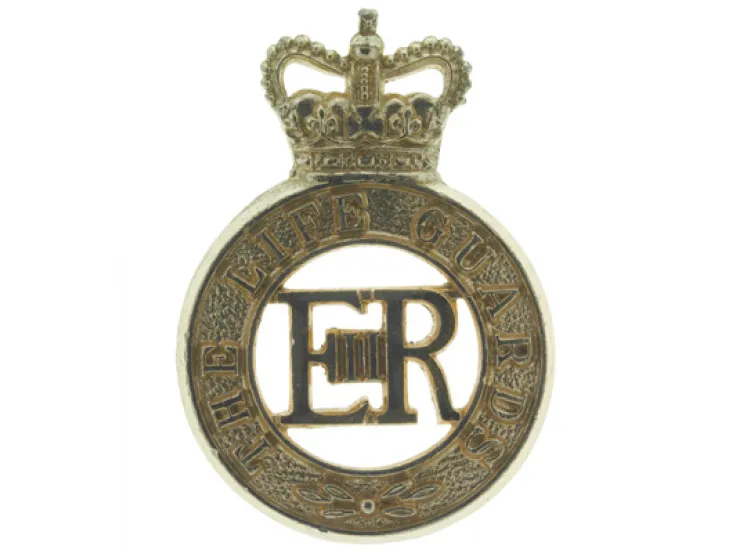Origins
This regiment was raised in Scotland by Colonel George Monck in August 1650. It formed part of the New Model Army (NMA) and, the following month, was one of the units used by the Commonwealth to defeat a Scottish Royalist force at the Battle of Dunbar.
In January 1660, Monck marched his regiment to London from the village of Coldstream - just north of the Anglo-Scottish border - to help reinstate the Rump Parliament after its closure by elements of the army leadership. He then assisted in the Restoration of King Charles II. But a newly summoned parliament soon called for the disbandment of his soldiers, along with the rest of the NMA.
The regiment's survival was secured in January 1661, when it was called upon to put down an army mutiny. The following month, its men symbolically laid down their arms as NMA troops, before immediately entering the service of the Crown as the Lord General’s Regiment of Foot Guards.
Order of precedence
Although founded earlier than the 1st Regiment of Foot Guards (later the Grenadier Guards), it was placed second to them in the order of precedence, the Grenadiers having spent longer in the service of the Crown.
However, the designation 2nd Regiment of Foot Guards was never accepted. When Monck died in 1670, and the Earl of Craven took command of the unit, it adopted a new name - the Coldstream Regiment of Foot Guards.
17th century
The regiment fought as marines in the Second Anglo-Dutch War (1665-67) and then defended Tangier (now in Morocco) against Moorish attacks in the late 1660s. After returning home, it helped suppress the Duke of Monmouth's rebellion, fighting at Sedgemoor (1685).
During the 'Glorious Revolution' (1688), the regiment remained loyal to James II, so was distrusted by the new king, William III. He sent it to Flanders, where it fought at Walcourt (1689), Landen (1693) and the Siege of Namur (1695).
18th century
During the War of the Spanish Succession (1702-13), a detachment from the Coldstream Guards served during the Siege of Gibraltar (1704-05), before taking part in the capture of Barcelona (1705) and the defeat at Almanza (1707).
The whole regiment then moved to Flanders in 1708, fighting at the Battles of Oudenarde (1708) and Malplaquet (1709), before returning home in 1713. Two years prior to this, it had raised a 2nd Battalion.
The War of the Austrian Succession (1740-48) saw the 1st Battalion fight at Dettingen (1743) and serve in Flanders, where it took part in the Battle of Fontenoy (1745). Soon after, it was recalled home to help defeat the Jacobite Rebellion (1745-46).
The 1st Battalion took part in the unsuccessful raid on St Malo (1758) during the Seven Years War (1756-63). That conflict also saw 2nd Battalion serve in Germany, where it fought at the Battle of Wilhelmstal (1762).
A detachment of the regiment also served in the American War of Independence (1775-83) in a composite Guards unit under Coldstream commander Colonel Edward Mathew. It took part in the New York campaign, before moving south to the Carolinas. The unit was eventually forced to surrender at Yorktown (1781).
Revolutionary and Napoleonic Wars
The French Revolutionary War (1793-1802) saw the 1st Battalion deploy to Holland in 1793 and fight at Lincelles (1793) and Tourcoing (1793), before returning home two years later.
It then moved to Gibraltar in 1800, before landing at Aboukir Bay in Egypt in March the following year. A few days later, it fought at Alexandria (1801). The regiment returned home in December.
In 1807, the 1st Coldstream Guards took part in the Copenhagen campaign, which seized the Danish fleet. Two years later, it deployed to the Peninsula, going on to fight at Oporto (1809), Talavera (1809), Barrosa (1811), Fuentes d'Onoro (1811), Salamanca (1812), San Sebastian (1813) and Nive (1813).
Earlier, the 2nd Battalion had joined the unsuccessful attack on Walcheren (1809). Part of it then served with a Guards composite battalion at Cadiz during 1810-12. Once the French siege of that port had been lifted, they took part in the remainder of the Peninsular campaign.
In 1815, the 2nd Battalion fought at Quatre Bras. Its light company then played a crucial role at Waterloo, helping to defend the chateau of Hougoumont. The battalion later formed part of the British occupation force in Paris until 1816.
Access the archive
The National Army Museum holds the archive collection for the Coldstream Guards. For more information about this collection, please contact the Templer Study Centre.
Mid-19th century
Apart from 2nd Battalion's brief stint garrisoning Canada in 1839, the Coldstream Guards remained on home duties and did not serve overseas until the Crimean War (1854-56). There, the 1st Battalion fought at the battles of Alma (1854), Inkerman (1854) and Sevastopol (1855).
In 1855, the regiment's title was officially abbreviated to the Coldstream Guards.
In 1882, 2nd Battalion was sent to Egypt to oppose Ahmed Urabi. Then, in 1885, the 1st took part in the Suakin campaign.
Late 19th century
In 1897, the regiment was expanded with the addition of a 3rd battalion.
At the outbreak of the Boer War (1899-1902), the 1st and 2nd battalions were sent to South Africa, seeing action at Belmont (1899), Modder River (1899), Magersfontein (1899) and several other smaller actions. During the campaign, part of the regiment also served in a mounted infantry role.
First World War
All three battalions of the Coldstream Guards served on the Western Front. The regiment fought in many battles including Mons (1914), First Ypres (1914), Loos (1915), Somme (1916), Passchendale (1917), Cambrai (1917), the German Spring Offensive (1918) and Amiens (1918).
The regiment also formed the 4th (Pioneer) Battalion for service in France and Flanders. This was disbanded in 1919. The 5th Reserve battalion never left Britain prior to disbandment.
Second World War
Following the outbreak of the Second World War, the 1st and 2nd Battalions deployed to France with the British Expeditionary Force. They were evacuated from Dunkirk the following year.
In 1941, 1st Battalion was converted to an armoured role and served with the Guards Armoured Division. It remained at home until July 1944, when it landed in Normandy. It was joined there by the newly raised 4th and 5th Battalions, both hostilities-only units that also served with the division.
In France, they took part in the battles for Caen and Falaise. They then fought their way across North West Europe, taking part in Operation Market Garden (1944) and the Reichswald battles (1945), before eventually ending the war at Lubeck on the Baltic coast in May 1945.
Meanwhile, 2nd Battalion had deployed to Tunisia with 1st Guards Brigade in late 1942. It stayed there until March 1944, when it joined the Italian campaign for the remainder of the war.
At the outbreak of war, 3rd Battalion was serving in Egypt. It joined the North Africa campaign, before being captured at Tobruk in June 1942. It was reformed later that year, rejoining the desert war until early 1943, when it deployed to Syria. In March 1944, the battalion transferred to the Italian front.
Post-war
After the war, the 1st and 3rd battalions served in Mandate Palestine. The 1st then deployed to Libya, Cyprus and the Suez Canal Zone in the early 1950s, before several postings to Germany in the late 1950s and 1960s. The 1970s and 1980s saw the battalion regularly serving in Northern Ireland.
Following its service in Palestine, the 3rd also deployed to Libya, the Canal Zone and Germany, before being disbanded in 1959.
The 2nd Battalion served in the Malayan Emergency (1948-60) from 1948 to 1950 and in the Mau Mau rebellion in Kenya (1952-60) from 1959 to 1962, in Aden (1963-67) in 1964, in the Cyprus Emergency in 1974 and several tours in Northern Ireland from 1969 onwards. It also served with the British Army of the Rhine in Germany in the 1980s.
In 1991, 1st Battalion served in the Gulf (1990-91) and two years later 2nd Battalion was placed in suspended animation. The 1990s saw the regiment serving in Germany again, a deployment interrupted by peacekeeping duties in Bosnia during 1993-94.
More recently, the regiment has served in Iraq (2003-09) in 2005, and Afghanistan (2001-14) in 2007 and 2009-10. It has also trained alongside Nato and UN troops in places like Poland, Kenya, the Baltic states, the USA and Canada.
Regimental museums
The National Army Museum works with a network of Regimental and Corps Museums across the UK to help preserve and share the history and traditions of the Army and its soldiers.
Discover more about the Coldstream Guards by visiting The Guards Museum in London.

